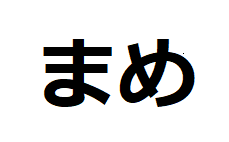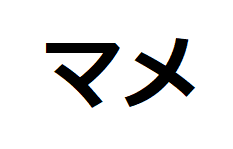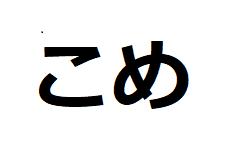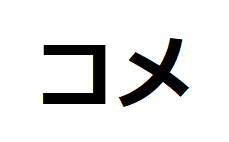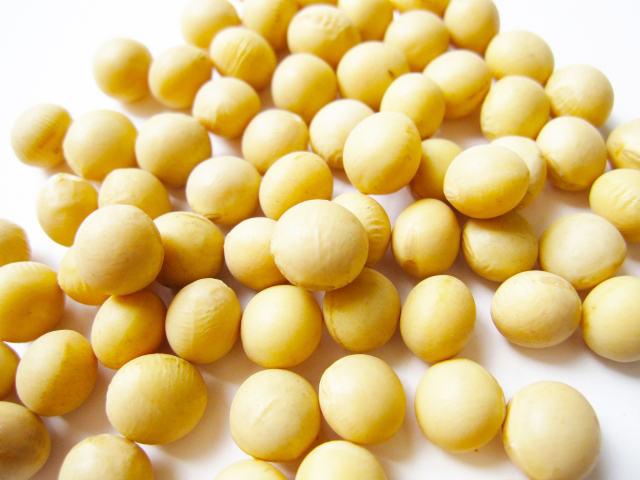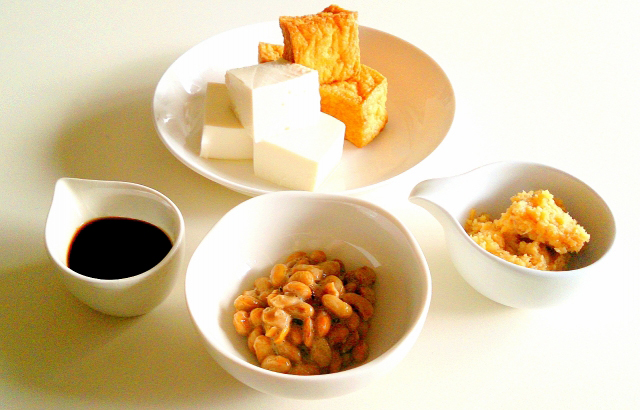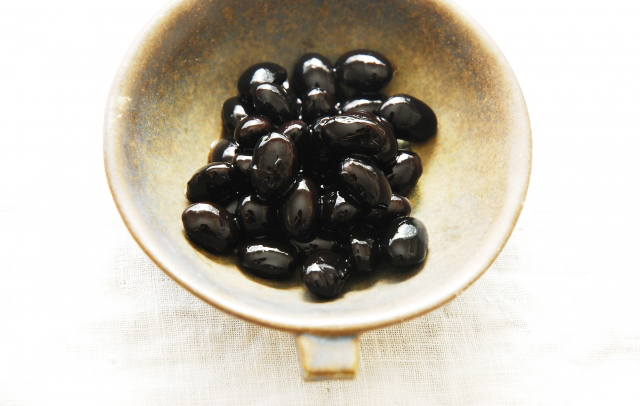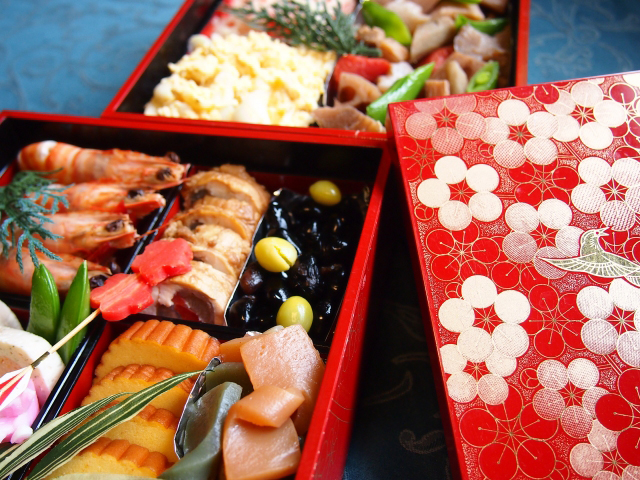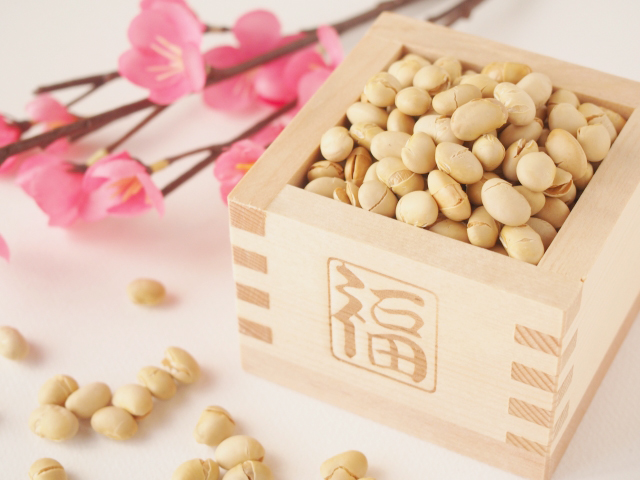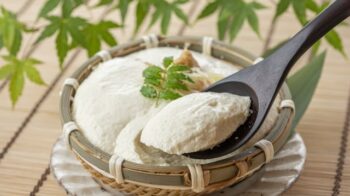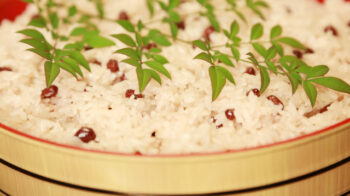Soybean
Welcome to the world of soybean.
Undoubtedly, soybean is one of the most important crops in the world.
However, its importance in Japanese foods is overwhelming.
Let’s look into its world.
Below is the contents of this page.
According to the most supported story, soybeans came to Japan about 2000 years ago and its cultivation became popular from the early 13th century.
Since then, soybeans have penetrated deep into Japanese food culture.
With the help of bacteria, huge amounts of soybeans change into Miso, Soy sauce and Natto which almost all Japanese consume everyday.
1. Soybean or Beef (Wagyu)?
In the past, people did not eat four-footed animals in Japan.
Because Buddhism prohibits killing them.
Natto, Miso, Soy sauce, Tofu (soybean curd) etc.
These had been the protein source for Japanese for a long time.
However, at the end of the late 19th century, westernisation became a big movement and the news got around that Emperor Meiji ate beef.
Astonished by this news, many followed him and found it very delicious. Surprisingly, by simply grilling, it tastes good.
Since then, research has been repeated to get more and more delicious beef and Japanese beef (Wagyu) once caused a big sensation all over the world.
However, Japanese still love soybeans.
Soybean or meat,
Which should we prefer?
– Nutrition value
Next, let’s look into its marvellous nutrition value.
As you know, soy protein is lower in calories than meat protein.
Therefore, by taking protein from soy, we get far less fat than by taking it from meat.
In addition, soy contains various nutrients as follows:
– lecithin which is indispensable for cell composition.
– saponin which has an antioxidant effect.
– oligosaccharide which makes food for good bacteria.
– isoflavones which support the health of women.
2. In Japanese festivals
Next, let’s find soybeans in Japanese traditional festivals.
In spite of its modest appearance, soy is a great lover of Japanese festivals.
1) New year festival
Firstly, kuro-mamé or black bean in the New year festival.
As its name shows, kuro-mamé is black soy simmered with soy sauce, sugar etc.
Generally, we find it in an Osechi cuisine box which is prepared to celebrate the New Year.
Since the word mamé (beans) also means vigour and assiduity in Japanese, we eat kuro-mamé, praying that we can stay healthy and work assiduously throughout the year.
– Osechi cuisine
Most of the ingredients in Osechi have symbolic meanings.
For example, the herring roe called Kazunoko symbolises prolificacy. Because they have so many eggs.
Dried anchovies called Gomamé symbolises bountiful harvests. Because the Kanji we use for gomamé 五万米 means “fifty thousand rice”. Furthermore, we cannot overlook the fact that the word gomamé includes mamé (beans) in it.
By the way, herring roe and anchovies were both used as fertiliser in the past.
As this fact shows, Osechi is not a luxurious cuisine.
We’ve kept the custom of eating it, not because they are special feasts, but because they are auspicious.
In other words, Osechi is a cuisine to eat with prayers.
2) Setsubun festival
Secondly, soybean in the Setsubun festival.
On 3 February, the day called “Setsubun“, we throw soybeans from inside to outside of the house.
While throwing, we yell “Out with the demon ! In with happiness”.
Simply put, it’s a service of exorcism.
Because this gesture has a meaning to chase the sickness and unhappiness from the house and invite the happiness in.
Incidentally, this day is the first day of spring in the old Japanese calendar.
After this ceremony, we eat the number of soybeans that corresponds to our age plus one, based on the belief that we can greet the next New year without big problems.
3) Tsukimi festival
Thirdly, eda-mamé in Tsukimi festival (viewing the moon).
On September 13, we offer soybeans called “edamamé” to the moon to thank for a good harvest.
Literally, “eda” means branch and edamamé is often sold with branches to keep their freshness.
Surprisingly, in spite of their vivid green colour, it is also soybean.
It’s soybean not yet ripe, but it tastes good.
For its auspicious vivid colour, we offer edamamé to the moon, together with sweet potatoes and chestnuts which always evoke autumn.
3. Kanji and Kana
1) Kanji
To learn Kanji (Chinese characters) is always interesting and beneficial to understand what the word means.
Through Kanji, we can virtually grasp not only the meaning of the word, but also the background it was born in.
Kanji for daizu is 大豆 which literally means “big bean”.
Let’s look into details.

Firstly, Kanji 大.
According to the most supported theory, 大 indicates a person with arms and legs outstretched.
In the word大豆, we pronounce 大 as dai.

Next, 豆.
According to the most supported theory, 豆 indicates a sacred container used to dedicate agricultural products to gods.
In the word大豆, we pronounce 豆 as zu.
To tell the truth, in the Japanese Kanji world, each character has multiple pronunciations.
Therefore, 大 has two pronunciations : 1) dai and 2)ō.
On the other hand, 豆 has three pronunciations : 1) ma-mé, 2)zu, 3) to(u).
No doubt, this system makes the Japanese language extraordinarily difficult.
But, in any case, we generally pronounce 豆 as ma-mé.
Can you notice that rice (ko-mé) and beans (ma-mé ) have similar pronunciations?
Undoubtedly, both of them are indispensable in Japanese daily life.
By the way, the Kanji for red beans, which is as important as soybeans in Japanese life, is 小豆 and we pronounce it as Azuki.
Literally, it means small bean.
2) Kana
There are two phonograms (kana) in Japanese: 1) Hiragana and 2) Katakana.
According to the most supported theory, both of them were formed by adopting one element of a Kanji character with similar sounding.
Originally, Hiragana were only for women. But today, it has by far the wider usage.
Talking of 2) Katakana, we use it mainly for foreign origin words.
Incidentally, there are 46 characters in both Hiragana and Katakana systems.
As for Daizu, Hiragana is だいず and Katakana is ダイズ.
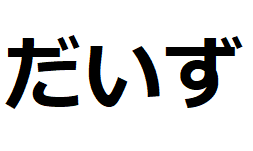
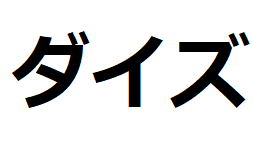
As for ma-mé , Hiragana is まめ and Katakana is マメ.
On the other hand, as for ko-mé, Hiragana is こめ and Katakana is コメ.
